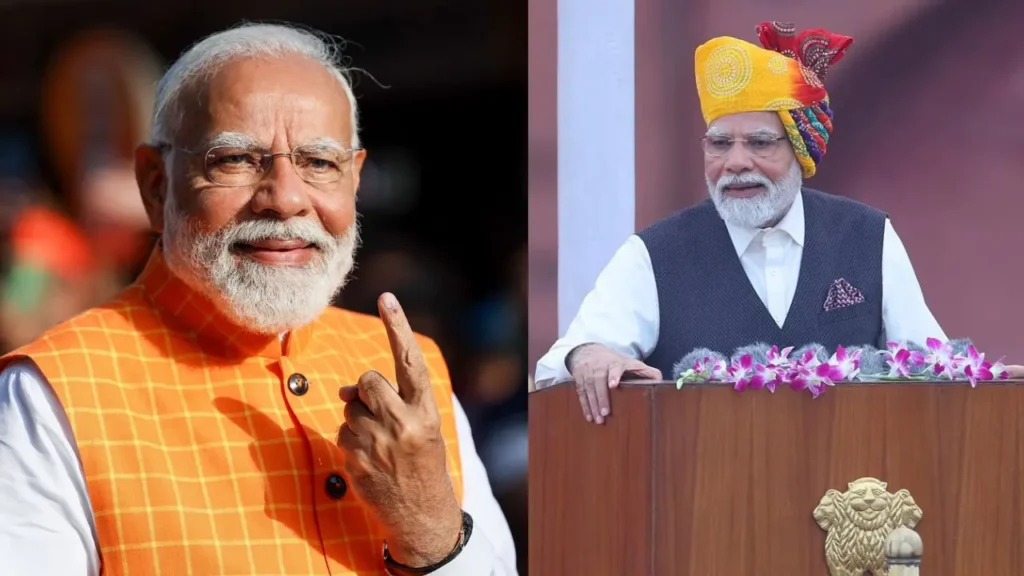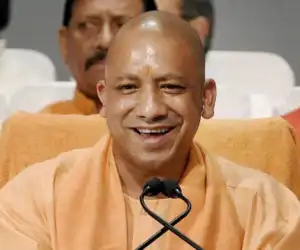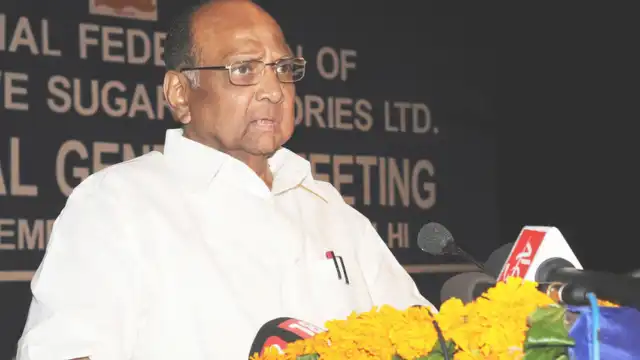
Narendra Modi is an Indian politician who has been serving as the Prime Minister of India since May 2014. He is a member of the Bharatiya Janata Party (BJP) and the Rashtriya Swayamsevak Sangh (RSS), a Hindu nationalist paramilitary volunteer organization. Here is a brief biography of Narendra Modi up until my last update in September 2021:
Narendra Modi’s Early Life
Narendra Modi was born on September 17, 1950, in Vadnagar, a small town in Gujarat, India. He belonged to a lower-middle-class family. Modi’s early life was marked by his association with the Rashtriya Swayamsevak Sangh (RSS), a right-wing Hindu nationalist organization.
Political Career
Modi’s political career began in the Rashtriya Swayamsevak Sangh, and he later joined the Bharatiya Janata Party (BJP). He held several positions within the party and worked in various states to strengthen the party’s organizational structure.
Table of Contents
Chief Minister of Gujarat
Narendra Modi served as the Chief Minister of the Indian state of Gujarat from 2001 to 2014. His tenure as Chief Minister was marked by both praise and controversy. Under his leadership, Gujarat experienced significant economic growth, but his tenure was also marred by the 2002 Gujarat riots, a period of inter-communal violence in the state.
Prime Ministership
In 2014, Narendra Modi led the BJP to a decisive victory in the Indian general elections. He was sworn in as the 14th Prime Minister of India on May 26, 2014. Modi’s government focused on various initiatives and reforms, including the implementation of the Goods and Services Tax (GST) and the demonetization of high-denomination currency notes.
Reelection in 2019
Modi was reelected as the Prime Minister of India in May 2019 after the BJP won a majority in the general elections. His second term in office continued to focus on economic reforms, infrastructure development, and social welfare programs.
International Relations
Modi’s tenure as Prime Minister saw a significant emphasis on India’s foreign policy, including efforts to strengthen ties with various countries, especially in Asia and the Middle East. He also played a crucial role in global climate change initiatives.
Narendra Modi’s lifestyle
Narendra Modi, the Prime Minister of India, is known for his disciplined and ascetic lifestyle. He follows a rigorous daily routine that includes yoga and meditation. He wakes up early in the morning, often around 5:00 AM, and starts his day with yoga and meditation exercises. He is a strong advocate of yoga and has often promoted its benefits for physical and mental well-being.
- Modi is also a vegetarian and is known for his simple and frugal diet. He has spoken about the importance of vegetarianism and has encouraged people to adopt a vegetarian lifestyle for health and environmental reasons.
- In terms of clothing, Modi is often seen wearing traditional Indian attire, particularly kurta-pajama with a jacket. He is known for his signature style and has popularized the Modi kurta in Indian fashion.
- Additionally, Modi is active on social media, especially Twitter, where he shares updates about his work, thoughts, and initiatives. He is known for his effective use of social media to connect with the masses.
Narendra Modi’s Political Life
Narendra Modi, the 14th Prime Minister of India, is one of the most influential political leaders in the country’s recent history. Here is an overview of his political life.
Early Political Career
- Rise in RSS: Modi started his political journey as a member of the Rashtriya Swayamsevak Sangh (RSS), a Hindu nationalist organization. He later joined the Bharatiya Janata Party (BJP), a political wing of the RSS.
- Organizational Roles: He held various organizational positions within the BJP, including the General Secretary of the Gujarat unit.
Chief Minister of Gujarat (2001-2014)
- First Term: Modi became the Chief Minister of Gujarat in 2001. His tenure was marked by economic growth and development in the state. However, it was also marred by controversy due to the handling of the 2002 Gujarat riots, which resulted in significant criticism and allegations against him and his government.
- Subsequent Terms: He was re-elected as the Chief Minister of Gujarat in 2002, 2007, and 2012. During this time, Gujarat witnessed rapid industrialization, infrastructure development, and economic progress. His policies, often termed the “Gujarat model,” became a subject of national debate.

Prime Ministerial Candidacy and Prime Ministership (2014-Present):
- 2014 General Elections: Modi led the BJP in the 2014 general elections. The party won a decisive majority, securing 282 seats out of 543 in the Lok Sabha (lower house of Parliament). Modi was sworn in as the 14th Prime Minister of India on May 26, 2014.
- Economic Reforms: As Prime Minister, Modi introduced several economic reforms, including the Goods and Services Tax (GST) and demonetization (in 2016). These policies generated intense debate and opinions were divided regarding their effectiveness.
- Foreign Policy: Modi’s tenure saw an active foreign policy, with a focus on strengthening ties with various countries, including the United States, Russia, Japan, and Israel. He also promoted initiatives like Make in India and Digital India to boost domestic industries and technology.
- Second Term (2019-): In the 2019 general elections, the BJP, under Modi’s leadership, secured a larger mandate, winning 303 seats in the Lok Sabha. Modi was re-elected as the Prime Minister of India. During his second term, his government focused on social welfare schemes, infrastructure development, and national security.
- Handling of COVID-19 Pandemic: Modi’s government faced significant challenges during the COVID-19 pandemic. The government implemented various measures, including lockdowns, vaccination drives, and economic stimulus packages to address the crisis.
- Farm Reforms and Protests: Modi’s government introduced agricultural reforms, which led to widespread protests by farmers who were concerned about the impact of these reforms on their livelihoods. The protests garnered international attention.
Narendra Modi Papua New Guinea and Rahul Gandhi Narendra Modi
Narendra Modi, the Prime Minister of India, in Papua New Guinea affairs. Narendra Modi primarily focuses on Indian domestic and foreign policies, and his official engagements are usually related to bilateral relationships, international forums, and global issues.
Regarding Rahul Gandhi and Narendra Modi, both are prominent politicians in India. Rahul Gandhi is a member of the Indian National Congress party, while Narendra Modi is a member of the Bharatiya Janata Party (BJP) and has served as the Prime Minister of India since 2014. The two leaders have been involved in political debates, especially during elections, where they have represented different political ideologies.
Their interactions are often part of the political discourse in India, and they may have contrasting views on various issues. It’s essential to note that political dynamics can change, and new developments may have occurred since my last update in January 2022. To get the latest information on their interactions or any recent events involving Narendra Modi, Rahul Gandhi, and their respective political activities, I recommend checking the latest news from reliable sources.

